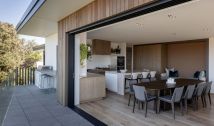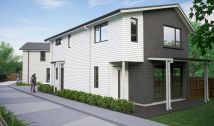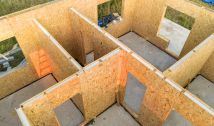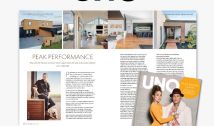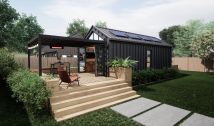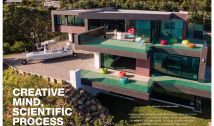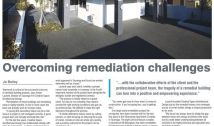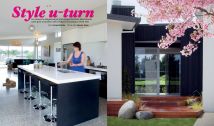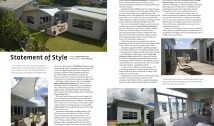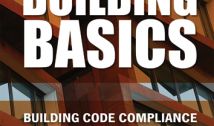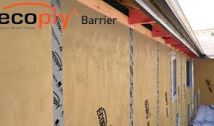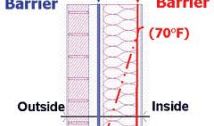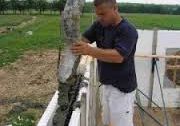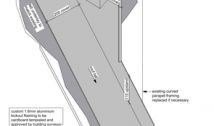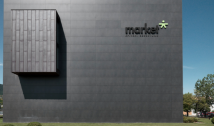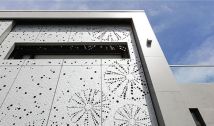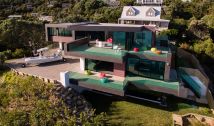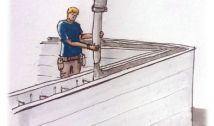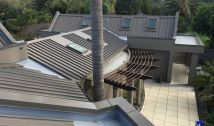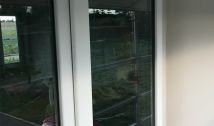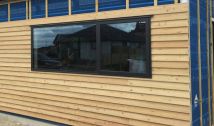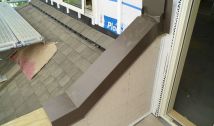Why use synthetic plaster systems?

Why use synthetic plaster systems?
The typical exterior plaster system for most NZ homes has been cementitious or cement-based plaster. These plaster systems are fine for simple homes associated with a low ‘design complexity’. However, when more complicated homes are designed we often look towards more robust plaster systems. The fact that cement is not flexible means that cracks can occur at critical junctions and intersections between dissimilar materials.
As a result, we will recommend our clients invest in a synthetic exterior plaster system for their new home, reclad or remedial project - although this largely depends on the ‘design complexity’ or risk level of the build. For example, a single story or extremely low risk building with eaves should be fine to use a high quality cementitious plaster system. However, if the home is of a medium to high level of design complexity, then the additional insurance of a good synthetic plaster system is well worth the additional cost.
A good example of an excellent synthetic plaster system currently available in NZ is from Sto products. This is a quality assured, pre-mixed plaster imported directly from the manufacturer in Germany. Their two main exterior cladding products are:
- StoArmat – a 3mm thick, meshed reinforcement plaster to level the surface. This product is waterproof, flexible, breathable and includes an anti-cracking compound.
- Stolit K - a coloured finishing render which is 1.5mm thick, waterproof, flexible and breathable.
Aside from greatly reducing the risk of any future failures at critical junctions, the main benefits of choosing to use a synthtetic plaster system for your home include:
- Up to 10 times more impact resistant than cement-based systems
- Fewer additional expansion joints required
- Proven weather resistance
- Optimum adhesion to the substrate
Consumer Build recommends you look for the following signs that water damage may have occurred in your plaster system:
- Cracks and splits in the cladding our joints.
- Moisture staining or other visible water damage.
- Musty smells.
- Efflorescence (white chalky substance) at junctions or cracks.
- Mould, moss or colour degradation.
- Blistering or fading paintwork, or bubbling or peeling wallpaper.



